For centuries nomenclators were the most popular kind of encryption. Still today messages enciphered with a well-designed nomenclator are hard or even impossible to break.
Click here for the complete top 50 list
A nomenclator is an encryption method based on a substitution table that replaces each letter of the alphabet and some frequent words with a number. The following is a very simple example:
A=1
B=2
C=3
…
Z=26
London=27
Paris=28
Rome=29
today=30
tomorrow=31
Using this nomenclator the cleartext WILL TRAVEL FROM LONDON TO PARIS TOMORROW encrypts to:
23 9 12 12 / 20 18 1 21 5 12 / 6 18 15 13 / 27 / 20 15 / 28 / 31
Some nomenclators include nulls (numbers without meaning) and homophones (several numbers with the same meaning). Some use letter groups or symbols instead of numbers.
For centuries, nomenclators were by far the most popular encryption method. The first known users were the cryptologists of the Vatican, who started encrypting with nomenclators in the 14th century. In the 18th century, nomenclators developped more and more to books (referred to as codebooks) with 50,000 and more entries. Codebooks played a major role in cryptology until in the 1930’s they were replaced by cipher machines.
A few examples
The following French nomenclator is from the 17th century. It replaces letters, letter pairs and words, and it features homophones. This nomenclator is contained in the paper Briefe durch Feindesland published by Gerhard Kay Birkner in the proceedings of the conference Geheime Post (2015).
Here’s an Italian nomenclator. I took it from a now defunct website created by Prof. Klaus Pommerening:
Here’s a Dutch nomenclator (provided to me by Karl de Leeuw):
Messages encrypted with a nomenclator can be found in large number in archives throughout Europe and North America. There must be tenthousands of them. Only a small fraction has been analyzed. Some messages can easily be solved, as the substitution table is known, others can only be deciphered with codebreaking methods.
As nomenclators grew more and more complex in the course of the centuries, it can be said, as a rule of thumb, that old nomenclator messages are easier to break than newer ones. Messages dating from 1800 or younger are usually quite tough.
A number of solved nomenclator cryptograms are described in my book Codeknacker gegen Codemacher. In most of these cases, codebreakers took advantage of weaknesses in the design of a nomenclator. In fact, many nomenclators are assembled quite poorly. For instance, it was common practice to use two-digit numbers for the letters and three digit-numbers for the words. While this made a nomenclator easier to use, it also made life simpler for codebreakers.
The Manchester cryptogram
On Klausis Krypto Kolumne I have introduced a number of nomenclator messages, too. Two of these are still unsolved. The older one is the Manchester cryptogram from 1783 (check here for a transcription). Here’s page #1:
Here’s page #2:
The van Gelder cryptogram
The following (still unsolved) nomenclator message was sent by Dutch ambassador Dedem van Gelder in 1809. It was provided to me by Karl de Leeuw. I don’t have a scan of the original, so I created my own version. A transcription of the full message is available here. Here’s an excerpt:
The Manchester cryptogram and the van Gelder cryptogram are certainly hard, if not impossible to solve without knowing the substitution table.
To my knowledge there is currently no person in the world having a deep expertise in nomenclators. If there was one, he or she would have a lot to do. I hope, this fascinating part of crypto history will gain more importance in the near future.
Follow @KlausSchmeh
Further reading: Who can break this enciphered letter written by Albrecht von Wallenstein?
Linkedin: https://www.linkedin.com/groups/13501820
Facebook: https://www.facebook.com/groups/763282653806483/

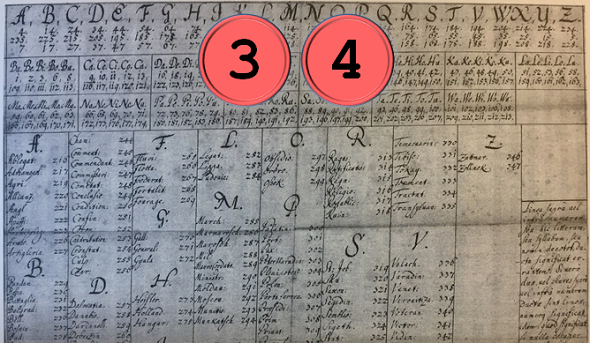
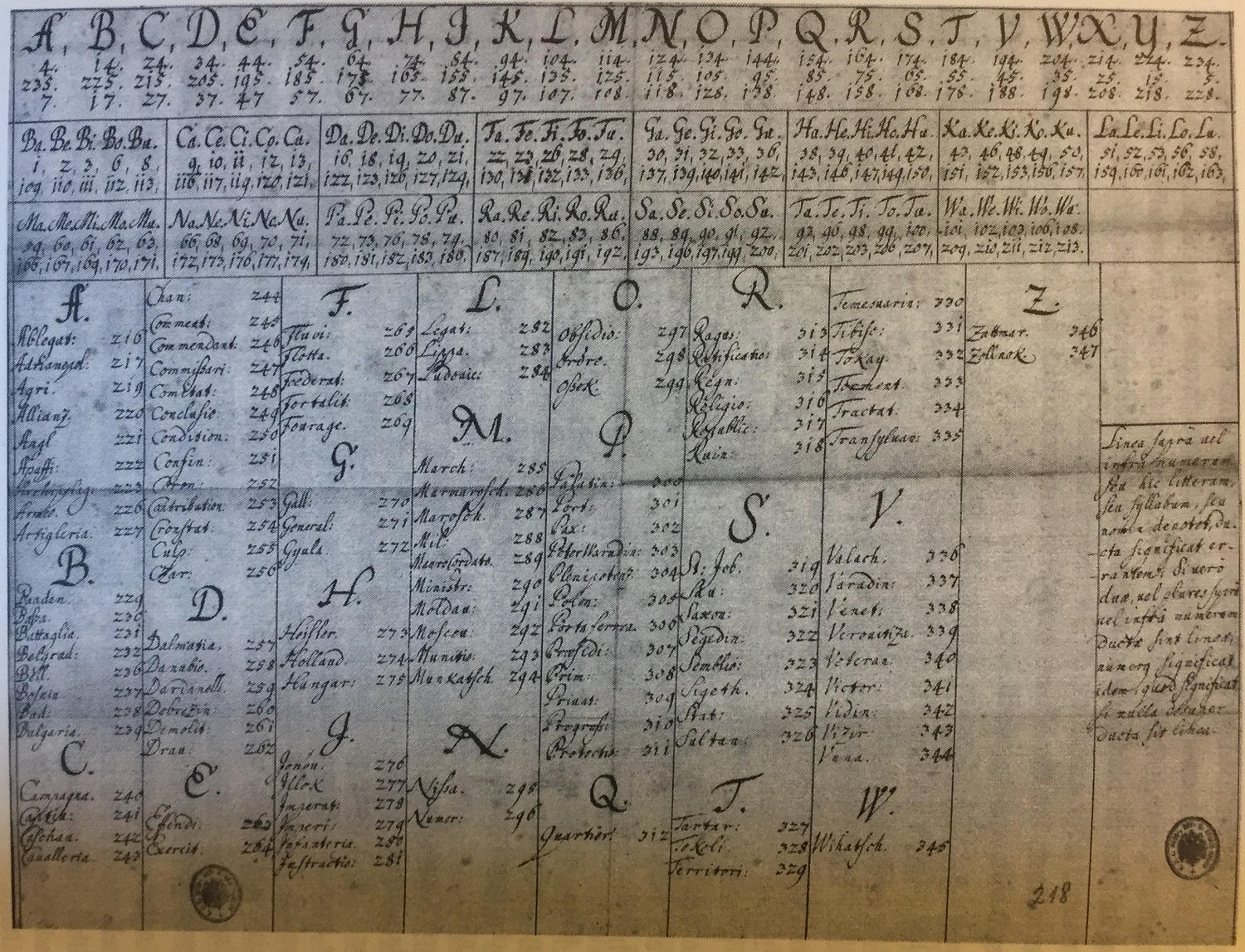
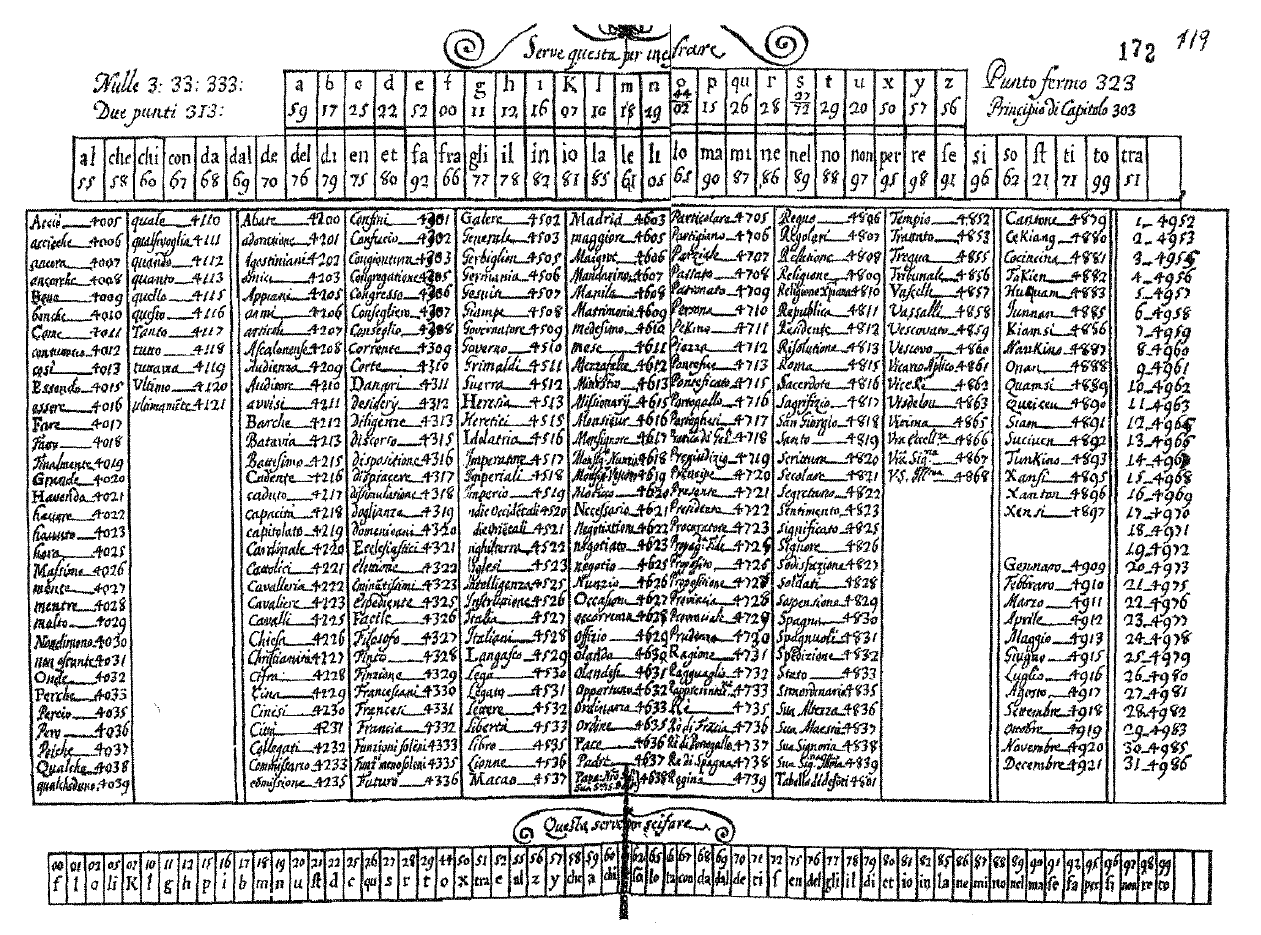
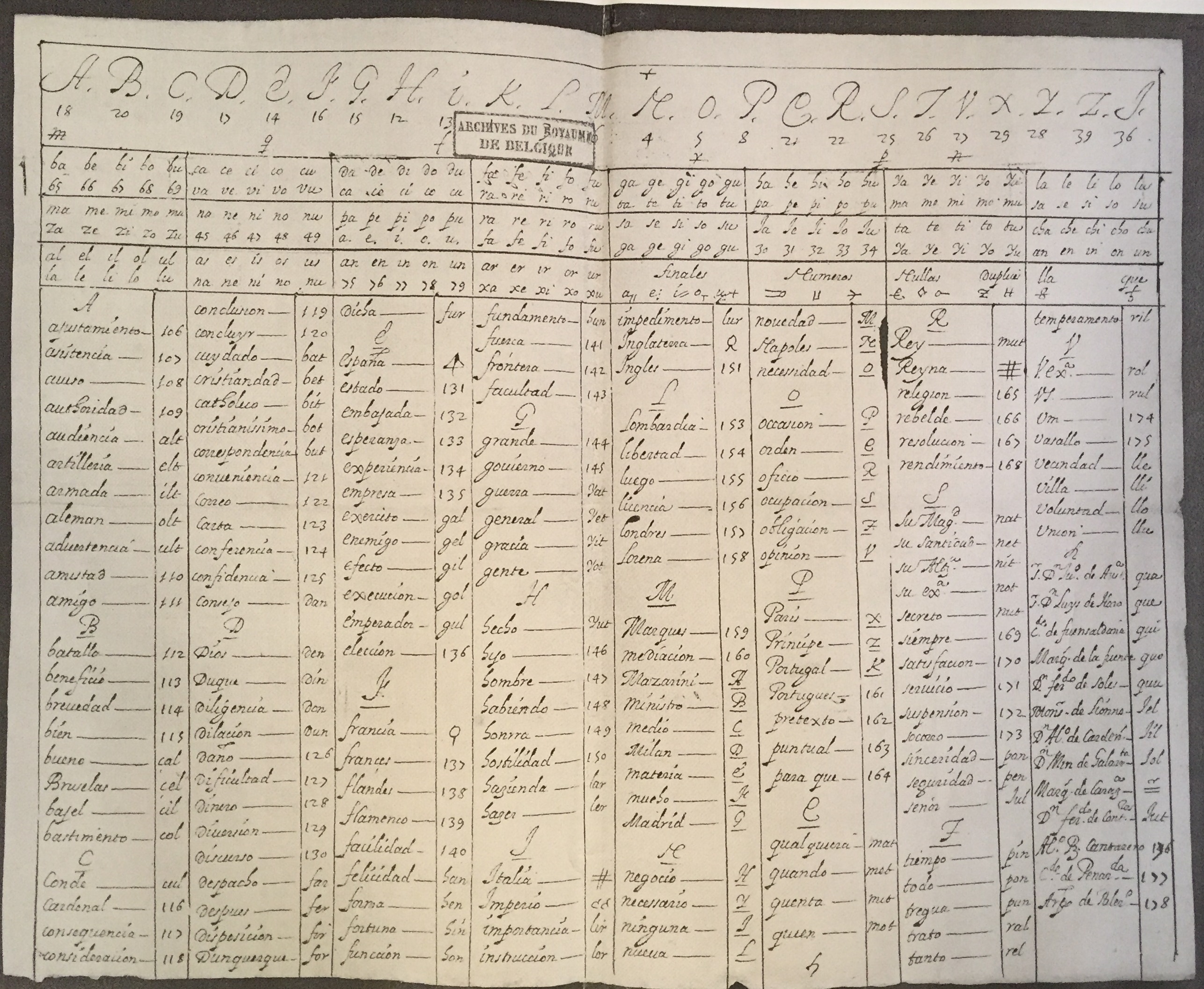
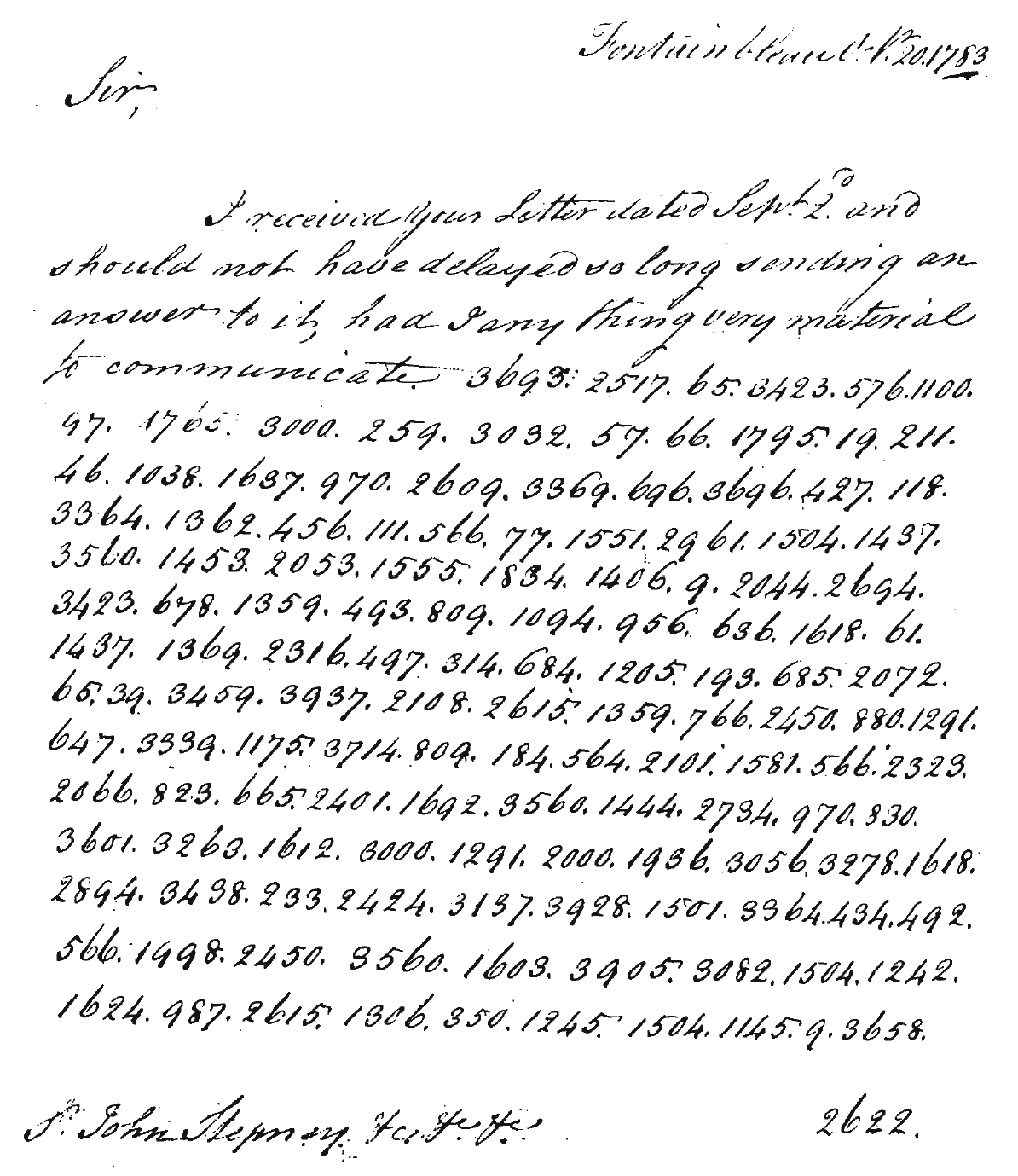
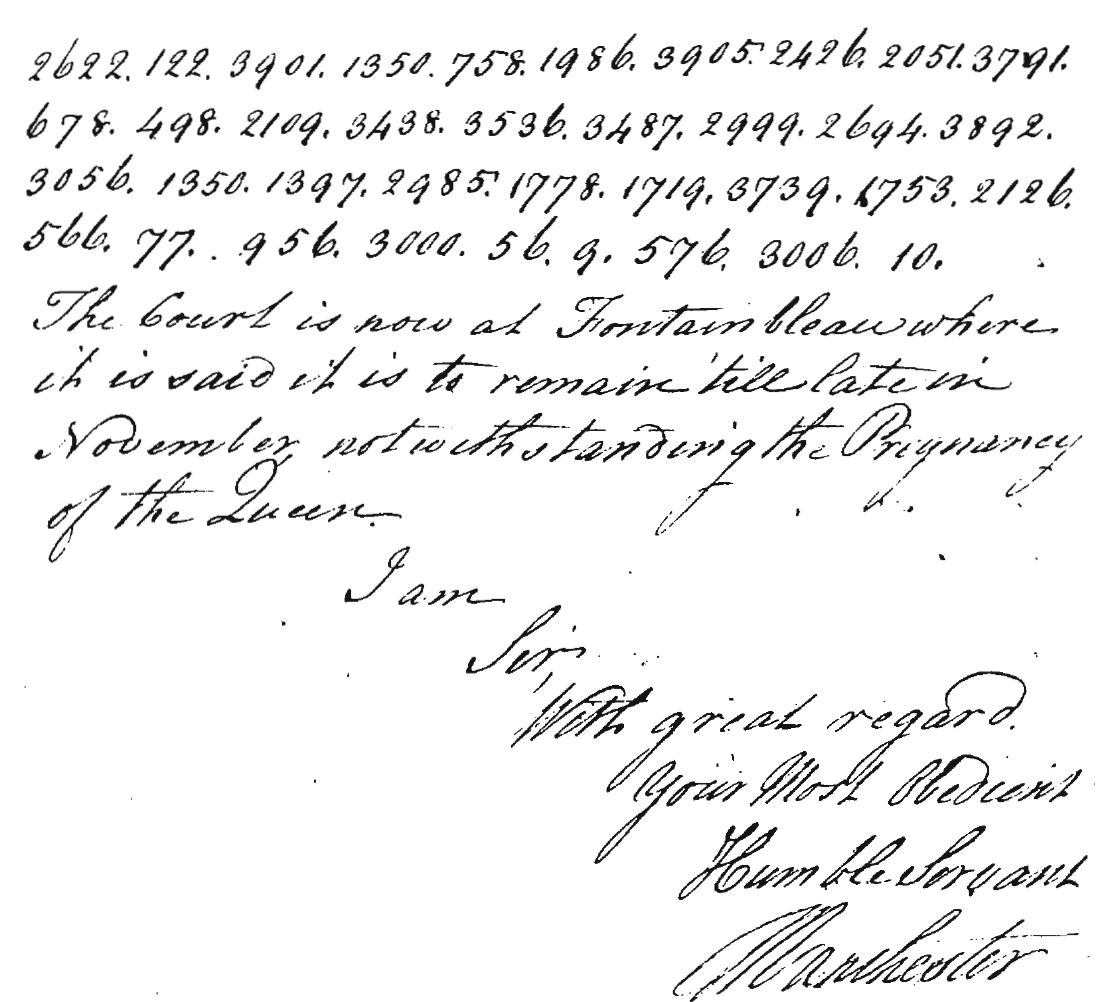
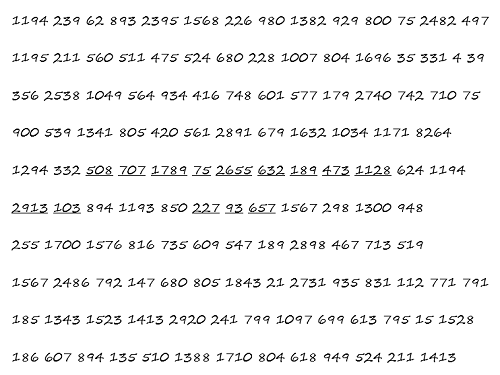

Kommentare (5)